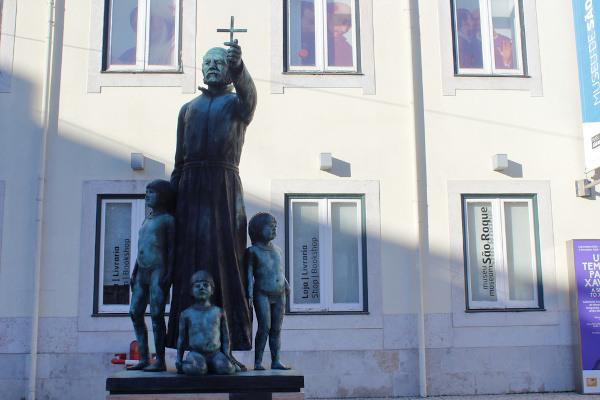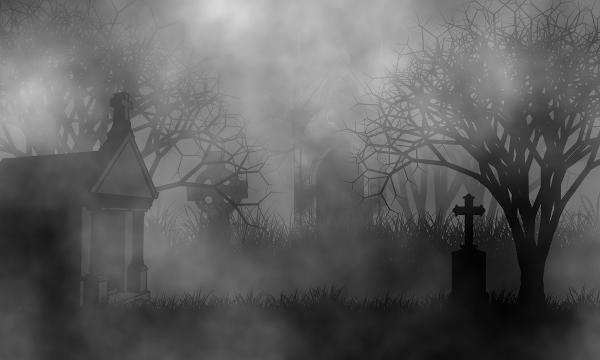O Classicism corresponds to a cultural artistic movement that took place during the Renaissance period (from the 15th century) in Europe.
The name of the movement that marks the end of the Middle Ages and the beginning of the Modern Age refers to classical models (Greek-Roman).
In the field of literature, Classicism is the name given to the literary styles that were in force in the 16th century, at the time of the Renaissance. Therefore, the production of this period is also called Literature Renaissance.
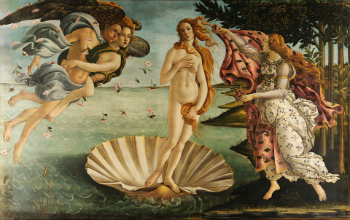
Historical context
In the Middle Ages, a period that lasted ten centuries (V to XV), the main attribute of society was religion.
This moment was marked by the theocentrism, whose motto was the dogmas and precepts of the Catholic Church, which was increasingly acquiring believers.
Thus, people who were against or questioned these dogmas, were excommunicated, in addition to suffering eviction from society, or ultimately, death.
Humanism, which emerged from the 15th century in Europe, began to question several issues once scientism emerged.
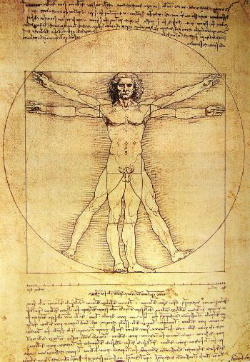
Many scholars were able to propose new ways of analyzing the world and life, which were beyond the divine. In other words, they presented questions based on human rationality and anthropocentrism (man at the center of the world).
This moment was marked by great transformations and historical discoveries:
- the Great Navigations;
- the Protestant Reformation (which led to a religious crisis) headed by Martin Luther;
- the invention of the Press by the German Gutenberg;
- the end of the feudal system (beginning of capitalism);
- the scientism of Copernicus and Galileo.
It was in this context that people sought new artistic expressions based on classical balance.
Thus, the cultural renaissance, a period of great artistic, cultural and political transformations that spread throughout the European continent.
Read too:
Renaissance: characteristics and historical context
Renaissance Humanism
Classicism in Portugal
In Portugal, Classicism comprises the literary period of the 16th century (between 1537 and 1580). The initial milestone of the movement was the arrival of the poet Francisco Sá de Miranda in Portugal.
There, he was inspired by Italian humanism, bringing a new form of poetry: the “sweet stil nuevo” (Sweet new style).
This new model was based on the fixed shape of the sonnet (2 quartets and 2 triplets), in the decasyllable verses and in the eighth rhyme.
In addition to Sá de Miranda, the classicist Portuguese writers deserve mention:
- Bernardim Ribeiro (1482-1552), with his novel “girl and girl” (1554);
- António Ferreira (1528-1569), with his tragedy “The Castro” (1587).
However, it was from Luís de Camões, one of the greatest Portuguese poets and in world literature, that Portuguese literature gains notoriety.
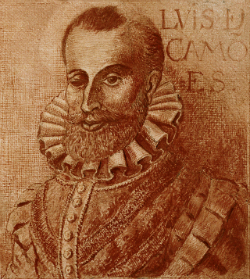
His great work "The Lusiads” (1572), is a classicist epic where he narrates Vasco da Gama's journey to the Indies. It was written in 10 chants and is composed of 8816 decasyllable verses in an eighth rhyme distributed in 1120 stanzas.
Classicism in Portugal remained until 1580. This is the year of the death of Camões and also of the União das Coroas Ibéricas, an alliance established until 1640 between Spain and Portugal.
Note: In Brazil, this literary period was known as 16th century.
Characteristics of Classicism
The main classicism characteristics they are:
- Classic antiquity
- Anthropocentrism
- Humanism
- universalism
- Rationalism
- scientism
- Paganism
- Objectivity
- Balance
- Harmony
- formal rigor
- Greco-Roman Mythology
- Platonic and beauty ideal
Main authors and their works
Certainly, in Portuguese literature, the author who receives prominence is Luís Vaz de Camões, with his work “The Lusiads” (1542). In Spain, Miguel de Cervantes (1547-1616) with his most remarkable work “Don Quixote” (1605).
Also noteworthy are the Italian humanist writers:
- Dante Alighieri 1265-1321), with his most popular work "The divine Comedy” (1555);
- Francesco Petrarch (1304-1374), father of humanism and inventor of the sonnet;
- Giovanni Boccacio (1313-1375), with his work Magma “Decameron” (1348 and 1353).
Know more:
The Language of Classicism
Exercises on Classicism

